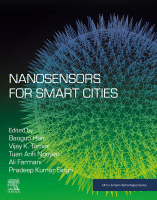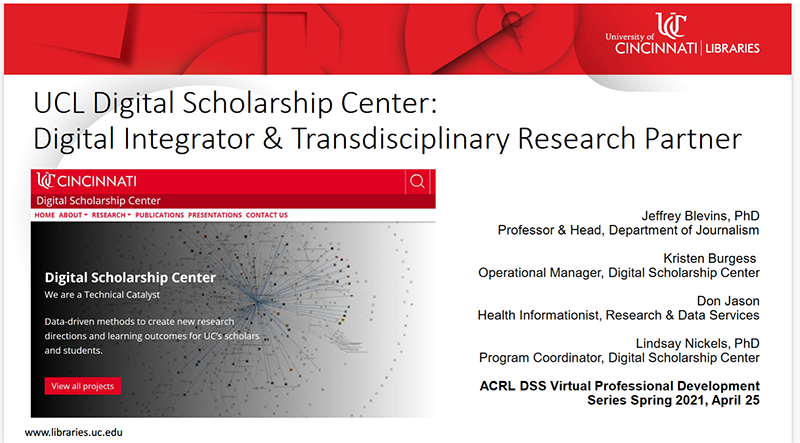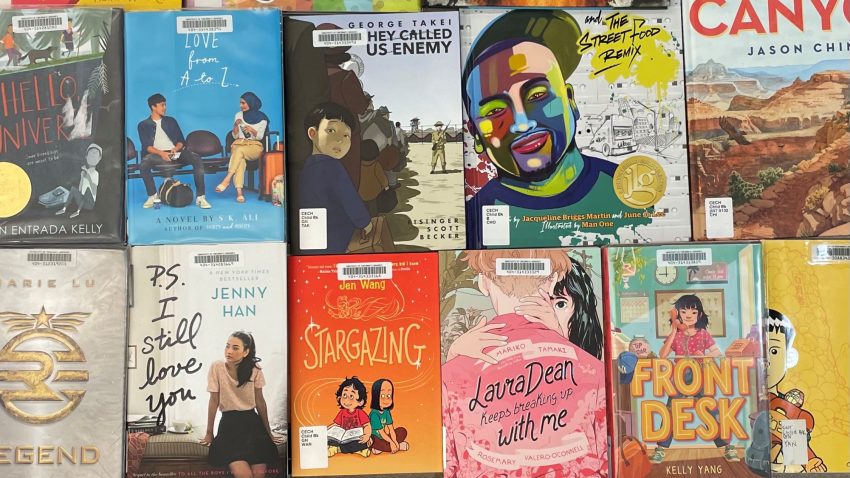The New Book Spotlight highlights new-to-us titles in the the UC College of Education, Criminal Justice, and Human Services (CECH) Library
The Astonishing Color of After / written by Emily X.R. Pan / 2018
This is an intensely emotional young adult novel about Leigh who is battling
grief after the loss of her mother. She journeys to Taiwan in order to meet her
maternal grandparents for the very first time, and embarks on a path to remember her
mother, the events that led up to her death, and the deep impact on her family.
Pan uses magical realism to create an immersive and touching atmosphere to tell the
story, weaving in themes of friendship, coming-of-age, grief, hope, and ultimately
love. Mental illness plays a large part in telling the story, and we get an engaging look
into family life in Taiwan, as well as the culture that also plays a large part within the
story and Leigh’s family history. Pan’s use of color to describe emotions throughout
was a beautiful touch to the story. The Astonishing Color of After is an alluring story
woven together by various important themes, and an important look at the impact of different cultures on mental illness and familial relationships.
The Astonishing Color of After is available from CECH Library, as well as the OhioLINK and Search Ohio lending networks.
Review by Alyssa Gruich, CECH Library Student Assistant | Political Science, A&S 2022

 Nanosensors for Smart Cities
Nanosensors for Smart Cities Intelligent Nanomaterials for Drug Delivery Applications
Intelligent Nanomaterials for Drug Delivery Applications


